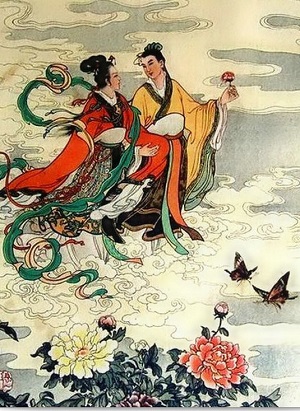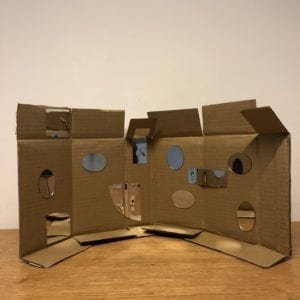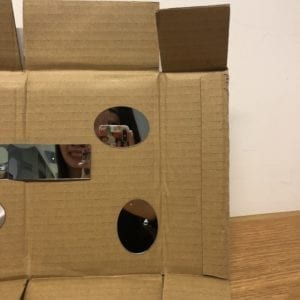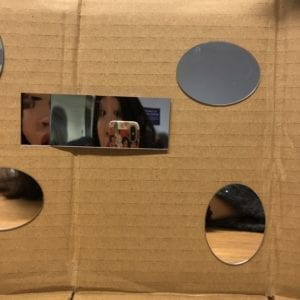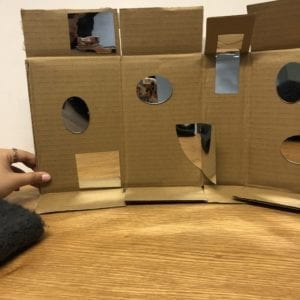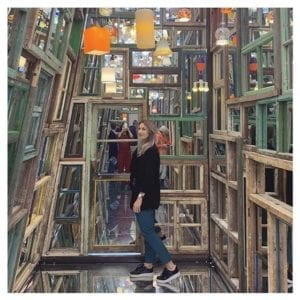Title : 꽃길 (Flower Road)
Project Description
꽃길 is a light installation project. Back at home, we have thousands of Chinese Rose growing in our garden during springtime. When I moved to Shanghai and live in Pudong, studying at a building, I always feel pity for not being able to see many flowers during springtime. Then I thought about bringing in this flower project into the campus, to make people feel the liveliness and beauty of flowers. Therefore, the initial idea is just to bring spring back through the creation of blossom of flowers.
Secondly, there’s a music piece I enjoyed a lot called 봄날에 만나자 (Let’s Meet in Spring).https://www.shazam.com/track/346438630/lets-meet-in-spring
The song is saying people meet their loved ones when spring comes. The loved one makes people feel like a flower is blooming in their heart. I am also trying to make people feel in love when they interact with my project.
Besides, as a senior, we are graduating this semester. There’s a traditional Asia metaphor called 花路 (꽃길 aka Flower Road), saying the bright future is just coming forward. We like to congratulate each other “wish you could walk the flower road. 祝你走花路” Therefore, I think it would be cool to make a flower road.
Development & Technical Implementation
I first had the idea of just using real flowers. I bought four types of different flowers, not sure which ones are good for hanging. I need to make sure that the flowers would be durable for hanging and become dried flowers. With one week’s test, only one breed survived.
I first hung all the fake vines and real flowers onto the support frame. I know I need to incorporate light into this project in a nice way, by using the light to enhance the blooming of flowers. I used the EL wires to act as the vines, but it didn’t work quite well. Then I decided to focus on the flower.
What I did with each flower is to first solder one neon pixel with 3 white wires, and using the glue gun to cover the neon pixel with the petals. And I also wired all three wires together, so it’s neat for later installation. There’re so many times that when I tested the neon pixel’s, it worked fine when I wired up everything, the neon pixel stopped working. I spent a lot of time making sure all the flowers are shining well.
I programmed the flowers with two sets of codes. The white flower with the yellow change code, and the pink flower with the purple change code. This took a huge amount of time in the way of trying to figure out how to make one work, as well as number each of the flowers and make them work together. I also had two codes, because I divide all my flowers (total 4 meters) into 2 meters vs 2 meters.
https://github.com/maxxiongchen/project3/tree/master
The final implementation didn’t show until hanging it for the IMA show. And people were quite actively walking through and interacting with it.
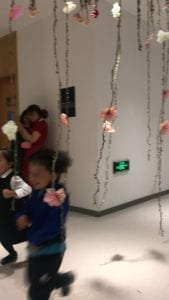
Presentation
The presentation in the IMA show went quite well. (Better than I expected)I could see people were quite happy with me bringing all these flowers into this working building. None was unexpected except one student said this is just a project good for taking pictures, which is not my intention at all. I did see many people taking pictures, filming with my project, but I do not think that is a bad thing.
Most of the people seem to appreciate the idea of bringing back spring and walking the flower road. I also got feedback from one art history professor saying she enjoyed my project, as an IMA work, the good mention of art aspect (the use of real flowers) is great.
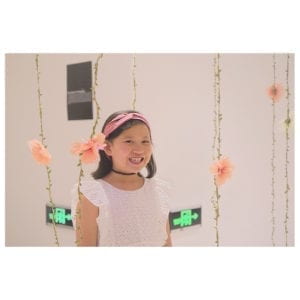

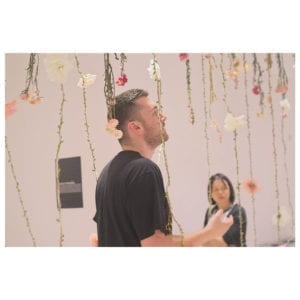
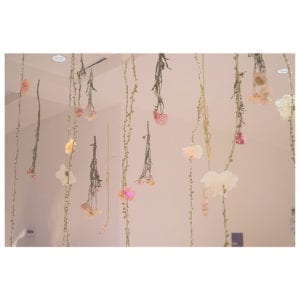
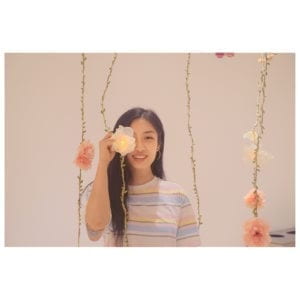
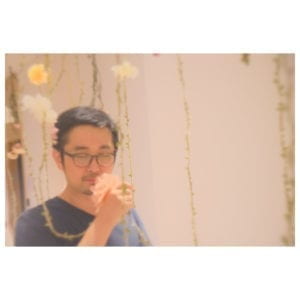
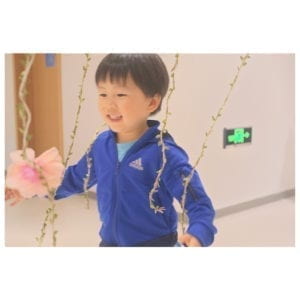
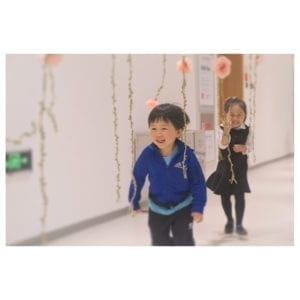
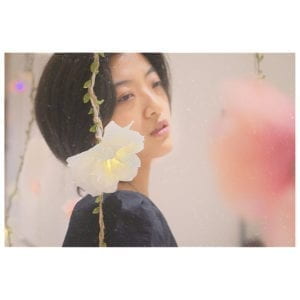
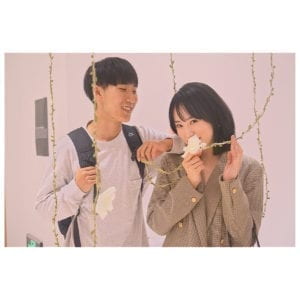
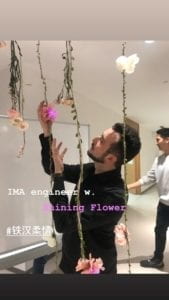
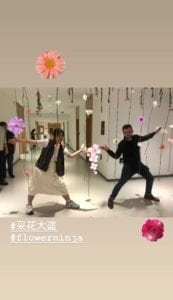
Conclusion
I learned about the use of flowers. I also am more aware of the time needed for installations. When I started for this project, I thought it might take around 30 hs maximum to finish, but then it ended taking much more than that. Besides, always check the voltage. I borrowed 5v from ER, but they gave me 12v, I didn’t double check and that ruined half of my lights. Be careful with that. One last thing, the breadboard is not the best choice for installation like this.
In general, I succeeded in bringing back spring through my project.
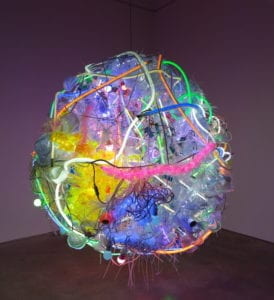
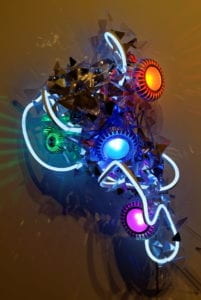

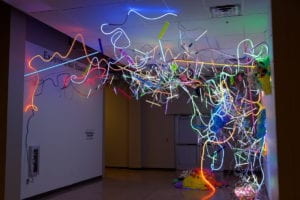

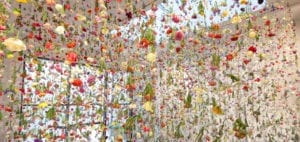
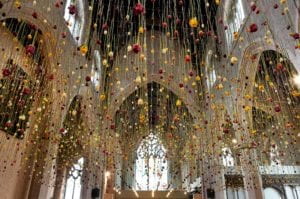

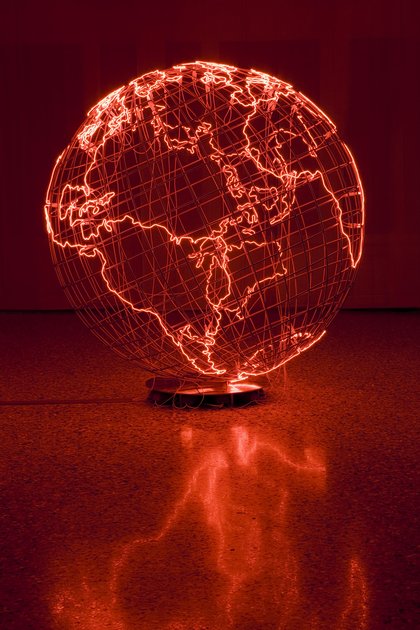

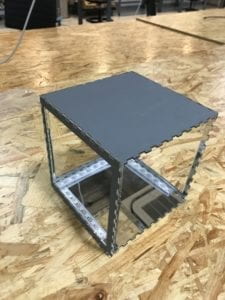
 In order to make it glow, I cut them to strips:
In order to make it glow, I cut them to strips:
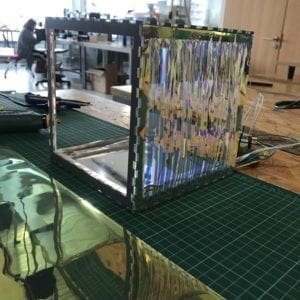
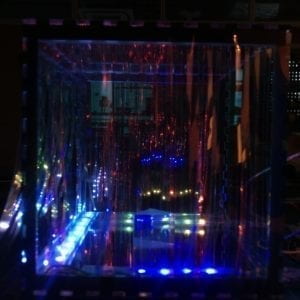 a
a 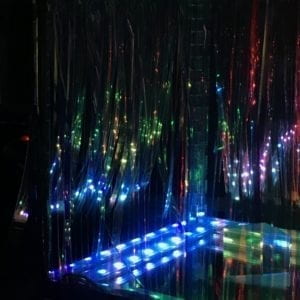 b
b  c
c